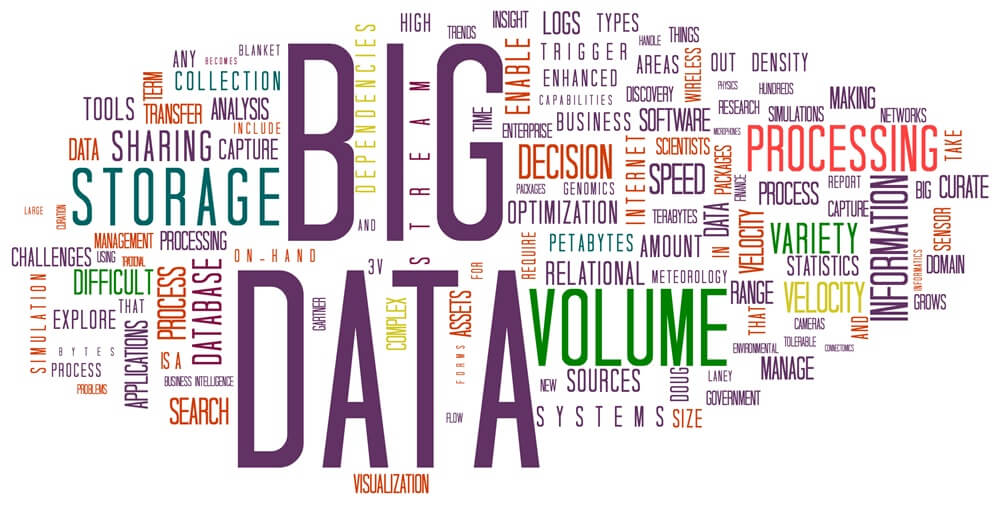Ever wondered how manufacturing industries innovate so quickly, reduce operational costs, and maintain high product quality?
The secret behind this revolution is Big Data Analytics — the technology that turns massive amounts of raw data into meaningful actions.
In 2025, big data has become one of the strongest pillars of Industry 4.0.
According to Statista’s Industrial Analytics Report 2025, over 83% of manufacturing companies now rely on big data to improve performance, reduce downtime, forecast demand, and optimize operations.
Let’s explore how big data works, how it benefits the manufacturing industry, and what limitations companies must consider before adopting it.
What Is Big Data Analytics?
Big data analytics is the process of examining huge datasets to uncover:
- Hidden patterns
- Trends
- Correlations
- Insights
- Future predictions
Manufacturers use these insights to improve production quality, reduce wastage, avoid machine failures, and make better business decisions.

But analyzing big data isn’t simple — it requires:
- Statistical modeling
- Machine learning
- Data mining
- Predictive analysis
- Real-time monitoring
That’s why many companies partner with big data development service providers to implement the right tools and architecture.
Why Big Data Matters in Manufacturing
Manufacturing generates some of the largest volumes of data in the world — from machines, IoT sensors, supply chains, ERP systems, and customer feedback loops.
Big data helps manufacturers to:
- Identify opportunities
- Fix operational challenges
- Improve coordination
- Forecast demand
- Optimize processes
- Reduce errors and delays
In short, big data acts like the brain of modern digital manufacturing.
Top Benefits of Big Data in Manufacturing
1. Quality Improvement
One of the biggest strengths of big data is continuous quality monitoring.
Big data allows manufacturers to:
- Track production performance
- Identify defects early
- Break large processes into smaller, measurable steps
- Analyze equipment behavior in real time
- Detect anomalies before they become failures
This results in more consistent quality, fewer returned goods, and a stronger brand reputation.
2. Optimized Supply Chain Management
Supply chain delays are expensive — and unpredictable.
Big data gives manufacturers the ability to analyze:
- Delivery timelines
- Supplier reliability
- Inventory needs
- Transportation risks
- Raw material demand
With predictive models, companies can:
- Forecast future supply requirements
- Prevent shortages
- Reduce overstocking
- Minimize supply chain risks
- Improve vendor selection
In 2025, manufacturers using big data report up to 40% fewer supply chain disruptions.
3. Accurate Forecasting
Forecasting is one of the most powerful applications of big data in manufacturing.
Businesses can predict:
- Future product demand
- Raw material requirements
- Project completion timelines
- Market trends
- Machinery servicing needs

Accurate forecasting helps companies stay ahead of competitors and avoid costly surprises.
Limitations of Big Data in Manufacturing
Big data is powerful — but not perfect.
Here are the main limitations manufacturers must consider in 2025:
1. High Cost of Hardware Infrastructure
Big data requires massive storage, high-speed processing, and advanced analytics platforms.
This includes:
- Data warehouses
- Servers
- Cloud platforms
- High-performance GPUs/CPUs
- Scalable storage solutions
Infrastructure can be expensive — especially for small manufacturers.
However, cloud-based analytics has reduced costs significantly by offering pay-as-you-go options.
2. Security & Privacy Risk
Manufacturing data includes:
- Proprietary designs
- Supply chain data
- Production metrics
- Customer details
- IoT-generated operational data
Storing everything digitally increases the risk of:
- Cyberattacks
- Hacking
- Intellectual property theft
- Data corruption

In 2025, cybersecurity remains the biggest challenge in big data implementation.
3. Dependence on Data Quality & Skilled Talent
Big data analysis is only as good as the accuracy of the data.
Common problems include:
- Incomplete datasets
- Human input errors
- Unclean data
- Poor data integration
Additionally, manufacturers need skilled data engineers, data scientists, and analysts — a workforce that is still in short supply globally.
Poor data or untrained staff can lead to wrong insights, wrong decisions, and operational losses.
Final Thoughts
Big data analytics is reshaping the global manufacturing industry by improving product quality, strengthening supply chains, and enabling advanced forecasting.
While challenges like high infrastructure costs, cybersecurity risks, and data accuracy issues do exist, they can be controlled with the right planning and the right development partners.
In 2025 and beyond, manufacturers that adopt big data early will stay ahead of innovation — while those who delay risk falling behind.
If you’re ready to compete, optimize operations, and scale, then embracing big data is not just an option — it’s a necessity.





